Species Photo Gallery for Agalliopsis novella No Common Name 55 |
 | Photo by: Rob Van Epps
Iredell Co.
Comment: | 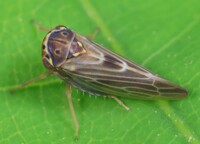 | Photo by: Rob Van Epps
Iredell Co.
Comment: |
 | Photo by: Rob Van Epps
Mecklenburg Co.
Comment: |  | Photo by: Ted Wilcox
Watauga Co.
Comment: unid_leafhopper |
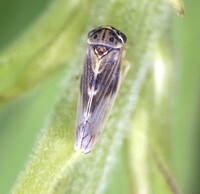 | Photo by: Ted Wilcox
Watauga Co.
Comment: unid_leafhopper | 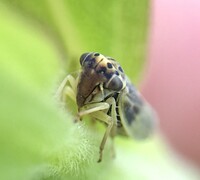 | Photo by: Ted Wilcox
Watauga Co.
Comment: unid_leafhopper |
 | Photo by: Rob Van Epps
Mecklenburg Co.
Comment: Caught sweeping | 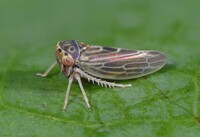 | Photo by: Rob Van Epps
Mecklenburg Co.
Comment: Caught sweeping |
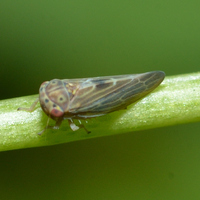 | Photo by: Margarita Lankford
Orange Co.
Comment: https://www.inaturalist.org/observations/172255182 | 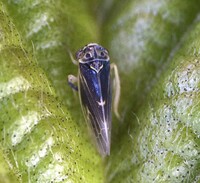 | Photo by: Ted Wilcox
Watauga Co.
Comment: unid_leafhopper |
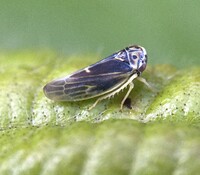 | Photo by: Ted Wilcox
Watauga Co.
Comment: unid_leafhopper | 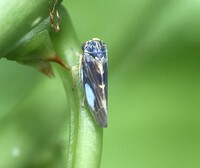 | Photo by: Ted Wilcox
Watauga Co.
Comment: unid_leafhopper |
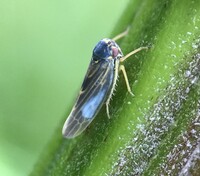 | Photo by: Ted Wilcox
Watauga Co.
Comment: unid_leafhopper |  | Photo by: Ted Wilcox
Watauga Co.
Comment: unid_leafhopper |
 | Photo by: Ted Wilcox
Watauga Co.
Comment: unid_leafhopper | 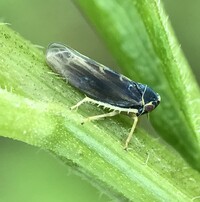 | Photo by: Ted Wilcox
Watauga Co.
Comment: unid_leafhopper |
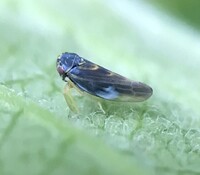 | Photo by: Ted Wilcox
Watauga Co.
Comment: unid_leafhopper | 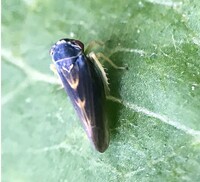 | Photo by: Ted Wilcox
Watauga Co.
Comment: unid_leafhopper |
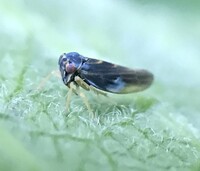 | Photo by: Ted Wilcox
Watauga Co.
Comment: unid_leafhopper | 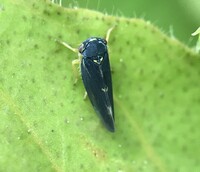 | Photo by: Ted Wilcox
Watauga Co.
Comment: unid_leafhopper |
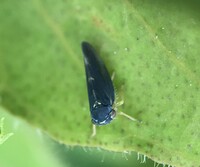 | Photo by: Ted Wilcox
Watauga Co.
Comment: unid_leafhopper |  | Photo by: Ted Wilcox
Watauga Co.
Comment: unid_leafhopper |
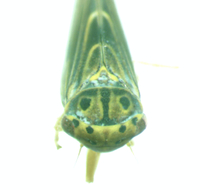 | Photo by: Ken Kneidel
Yancey Co.
Comment: 3.6 mm, came to light at night | 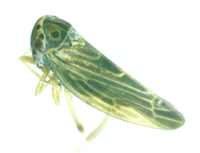 | Photo by: Ken Kneidel
Yancey Co.
Comment: 3.6 mm, came to light at night |
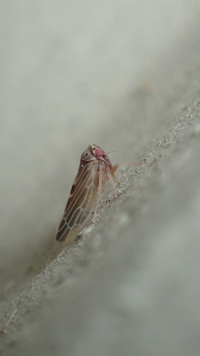 | Photo by: Erich Hofmann
New Hanover Co.
Comment: | 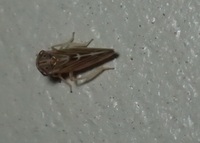 | Photo by: Erich Hofmann
New Hanover Co.
Comment: |
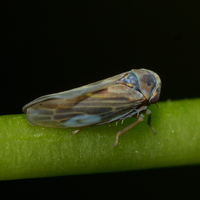 | Photo by: Margarita Lankford
Orange Co.
Comment: https://www.inaturalist.org/observations/116495090 | 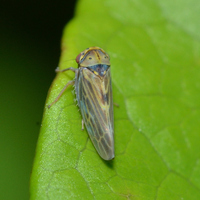 | Photo by: Margarita Lankford
Orange Co.
Comment: https://www.inaturalist.org/observations/78418099 |
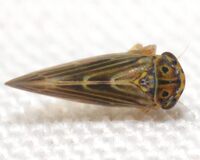 | Photo by: Kyle Kittelberger, Brian Bockhahn
Polk Co.
Comment: male, 3.4 mm | 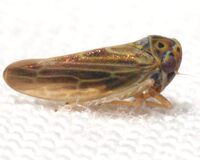 | Photo by: Kyle Kittelberger, Brian Bockhahn
Polk Co.
Comment: male, 3.4 mm |
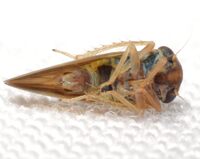 | Photo by: Kyle Kittelberger, Brian Bockhahn
Polk Co.
Comment: male, mm |  | Photo by: Kyle Kittelberger
Wake Co.
Comment: mixed hardwood forest habitat |
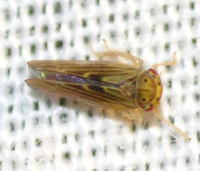 | Photo by: Kyle Kittelberger, Brian Bockhahn, Paul Scharf
Wake Co.
Comment: mixed hardwood forest edge | 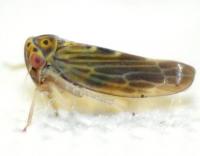 | Photo by: Kyle Kittelberger, Brian Bockhahn, Paul Scharf
Wake Co.
Comment: mixed hardwood forest edge |
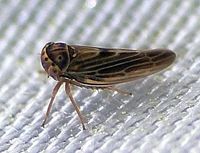 | Photo by: Paul Scharf
Warren Co.
Comment: Attracted to UV Light |  | Photo by: Paul Scharf
Warren Co.
Comment: Attracted to UV Light |
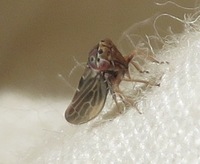 | Photo by: Brian Bockhahn
Guilford Co.
Comment: | 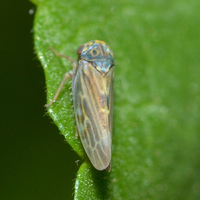 | Photo by: Margarita Lankford
Orange Co.
Comment: https://www.inaturalist.org/observations/46253874 |
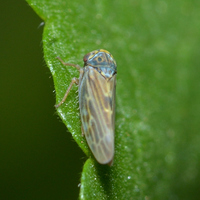 | Photo by: Margarita Lankford
Orange Co.
Comment: https://www.inaturalist.org/observations/46253874 |  | Photo by: Margarita Lankford
Orange Co.
Comment: https://www.inaturalist.org/observations/46253874 |
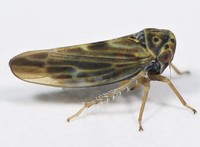 | Photo by: Rob Van Epps
Mecklenburg Co.
Comment: Attracted to UV light. Yard near woods. | 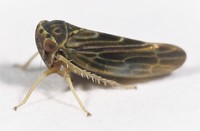 | Photo by: Rob Van Epps
Mecklenburg Co.
Comment: Caught sweeping in weedy woodland edge. |
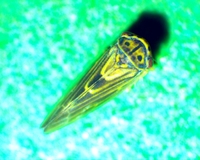 | Photo by: Ken Kneidel
Yancey Co.
Comment: forest edge with small lawn and meadow nearby |  | Photo by: Ken Kneidel
Yancey Co.
Comment: forest edge with small lawn and meadow nearby |
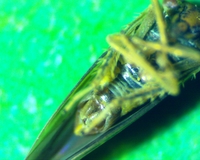 | Photo by: Ken Kneidel
Yancey Co.
Comment: forest edge with small lawn and meadow nearby | 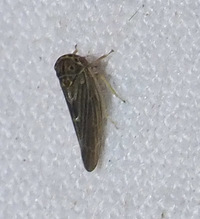 | Photo by: Randy L Emmitt
Orange Co.
Comment: uv light |
 | Photo by: Kyle Kittelberger
Wake Co.
Comment: near mixed hardwood forest habitat | 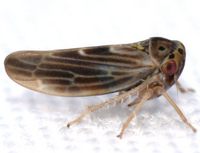 | Photo by: Kyle Kittelberger
Wake Co.
Comment: near mixed hardwood forest habitat |
 | Photo by: Kyle Kittelberger
Wake Co.
Comment: near mixed hardwood forest habitat | 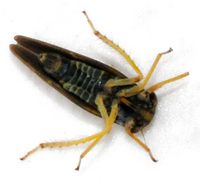 | Photo by: Kyle Kittelberger, Brian Bockhahn, Paul Scharf
Avery Co.
Comment: grassy, open area surrounded by forest |
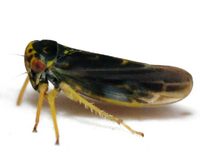 | Photo by: Kyle Kittelberger, Brian Bockhahn, Paul Scharf
Avery Co.
Comment: grassy, open area surrounded by forest | 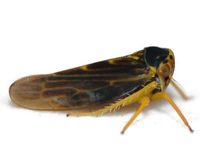 | Photo by: Kyle Kittelberger, Brian Bockhahn, Paul Scharf
Avery Co.
Comment: grassy, open area surrounded by forest |
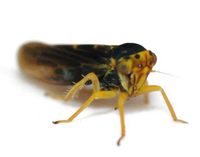 | Photo by: Kyle Kittelberger, Brian Bockhahn, Paul Scharf
Avery Co.
Comment: grassy, open area surrounded by forest | 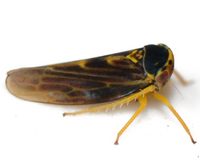 | Photo by: Kyle Kittelberger, Brian Bockhahn, Paul Scharf
Avery Co.
Comment: grassy, open area surrounded by forest |
 | Photo by: Kyle Kittelberger, Brian Bockhahn, Paul Scharf
Avery Co.
Comment: grassy, open area surrounded by forest |

 »
»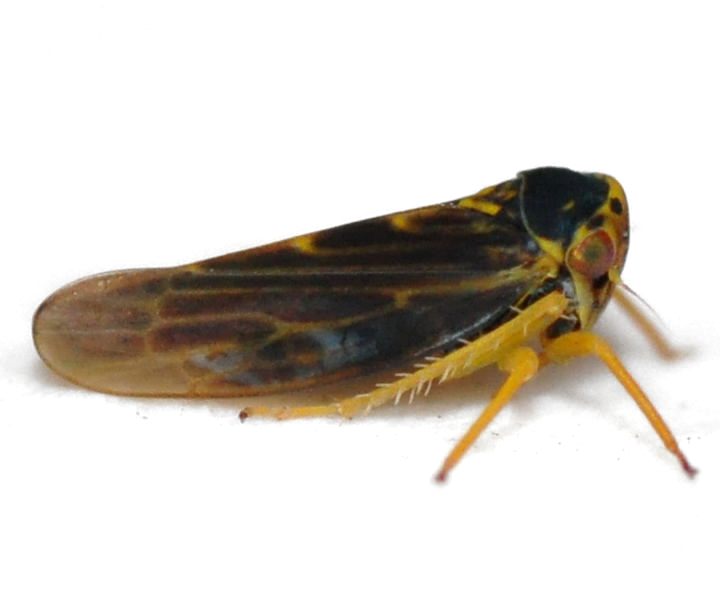
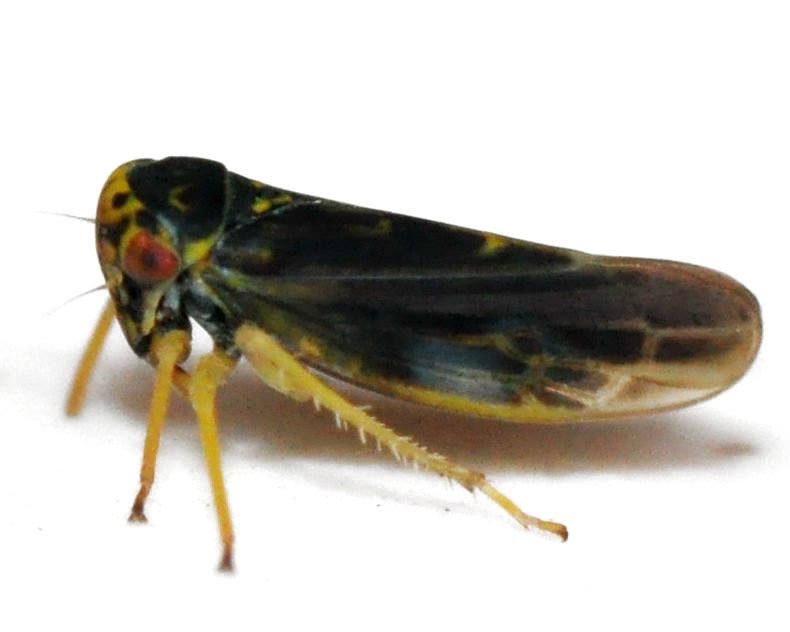

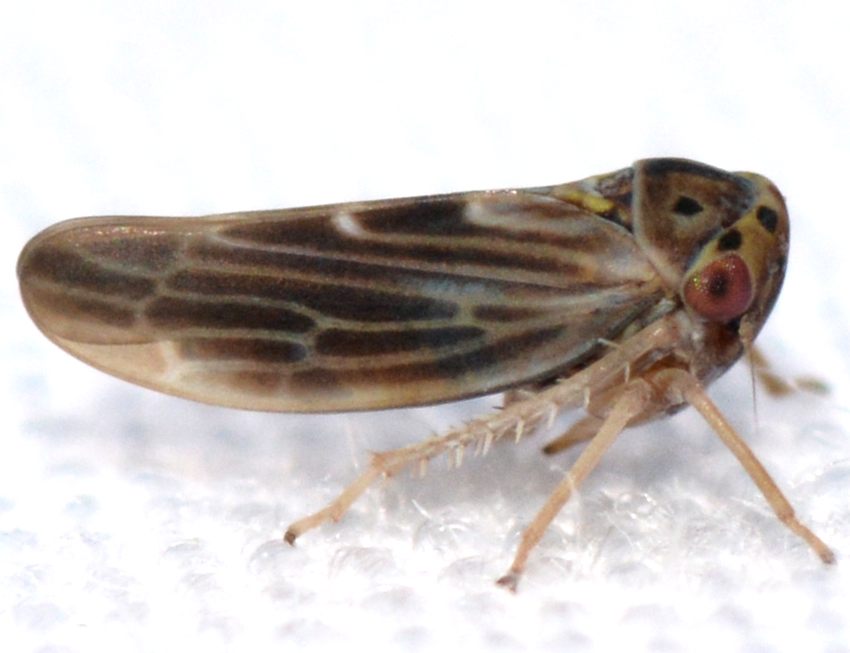

 »
»


